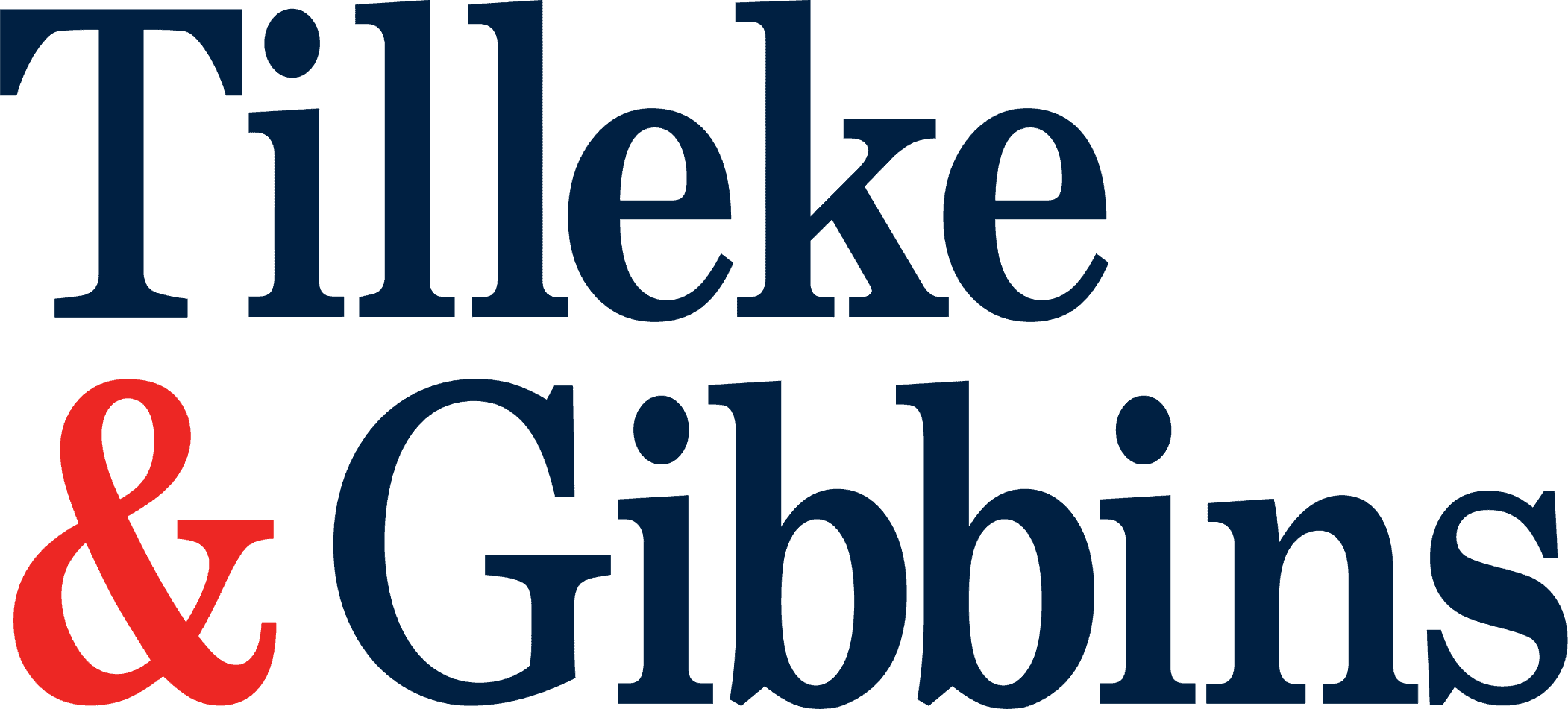
Part 2 of 5: Defining the Owner-Brand Relationship
The previous article jumped ahead in the analysis of the Owner-Brand relationship to provide a feel for what can often be an effective strategy for an Owner in working with a Brand. Moving back to the basics, the success of any relationship depends primarily on two factors: communication and understanding. This article and the next installment in the series will focus on understanding where the Brand and Owner are coming from, respectively.
If you know the enemy and know yourself, you need not fear the result of a hundred battles. If you know yourself but not the enemy, for every victory gained you will also suffer a defeat. If you know neither the enemy nor yourself, you will succumb in every battle. – Sun Tzu, Art of War
Traditional Hotel Model
When Conrad Hilton purchased the Mobley Hotel in 1919, he bought the land, the building, the equipment and assets. Not much had changed in 1954 when Conrad Hilton then entered into what was then the largest real estate deal in history by acquiring the Statler Hotel Company for USD 111 million (about one billion dollars today). But things began to change when, in 1967, Hyatt Hotels Corporation formed a real estate holding company. This marked the beginning of the separation of a hotel into two distinct components: assets and operations.
Segregating Liabilities to Protect Assets
At the time, one purpose of the split was to protect Hyatt’s assets. Another purpose was that real estate assets and operating assets are managed differently, accounted for differently, taxed differently, and valued differently. These are sensible, good business practices, but hardly revolutionary.
Revolution: From Asset Managers to Service Providers
Hoteliers will attest that planning, building, fitting out, opening, and running a hotel at a profit is very difficult, especially the first hotel. Hoteliers will also tell you that the second time was not quite as difficult because of the lessons learned the first time. Global brands have undergone the process a few hundred (or even thousand) times, and have developed worldwide name recognition and aloyal customer base. With each successive hotel, brands have captured, analyzed, and implemented many (but certainly not all) of the lessons learned over decades of operations across hundreds of properties.
Globally Branded Hotel: Current Model
The three biggest lessons the brands learned:
- The hotel business is a service business, so the focus should be on service. Let the asset managers manage the assets.
- Owning assets is not always good because they are almost always attached to liabilities.
- Property owners will pay to have a brand come in to help develop and then operate their hotels.
This leads to the model we have today where the brands are constantly devising new ways to distance themselves from liability (both asset-based and operations-based). At the same time, the brand seeks maximum discretion and control of operating the hotel and ensuring that, at all times, it meets “brand standards.” To paraphrase one independent owner’s opinion:
If the couch breaks, they [the brand] make you buy a new couch. Where I come from, you fix the couch!
I would argue that this is not always the case, but the point is well taken regarding incurring some costs owners would often deem unnecessary.
“Experience Is a Good School. But the Fees Are High.” – Heinrich Heine
One would be hard-pressed to argue that a brand does not bring any value to an owner. But exactly how much value is a prickly, property-specific question when asked in light of considering what the owner could do independently. Branding may not work for every property (either from the brand perspective or the owner perspective). From the brand’s perspective, they are selling their experience, expertise, and execution. The pitch is essentially, “Build the hotel (mostly how we want it) and we’ll make you more money (faster) than you can make yourself, and we’ll do most of the work.”
The brand believes—and this belief is well supported by a lengthy track record of successful hospitality offerings—they can, and will, make the hotel successful. In fact, they are willing to stake their reputation on it, because the last thing the brand wants is a failed hotel (which, incidentally, is the last thing the owner wants, as well). This looks amazingly like common ground. But what among friends is common ground, enemies would call a battlefield.
In conclusion, brands have come a long way since Conrad Hilton bought The Mobley and have invested a lot to get here. They have determined that the best way to see a return on their decades-long investment was to shift away from asset management to purely providing services. This shift revolutionized the industry, but also created a new type of complex relationship: the Owner-Brand relationship. It is a relationship built on fundamentally common ground, but finding and realizing that common ground without turning it into a battlefield can be challenging. Upcoming installments will take a look at owners with a particular focus on new or would-be first-time branded owners.
